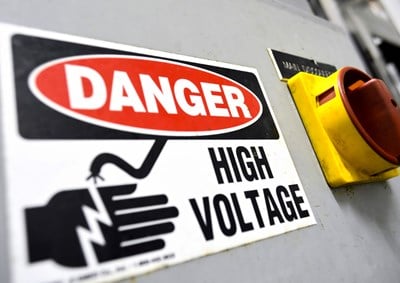Weather conditions, water currents, and certain health conditions can endanger even the most experienced swimmers, but drowning occurs most often among small children and people who cannot swim. In fact, drowning is one of the leading causes of death among children ages one to four years old.
It’s smart not to swim alone in case you need help, and to know the signs of drowning in case someone around you is silently struggling.
Recognize the signs
Despite the dramatic images you may have seen on TV and in the movies, the true signals of a swimmer in distress are actually much subtler than flailing arms. Here are some signs to be aware of in case you see someone drowning:
- Bobbing or floating in place
- Head tilted back with mouth open
- Head low in the water, with mouth at water level
- Trying to roll over onto the back
- Hyperventilating or gasping for breath
- Hair over forehead or eyes
- Eyes glassy and empty, unable to focus
- Eyes closed
Responding to a possible drowning
- Call for help from a lifeguard or 911, if you able to. Do not attempt to rescue a drowning person while in the water unless you are trained to do so and have lifesaving equipment. People who are drowning may panic and pull you underwater with them. There may also be dangerous circumstances—such as strong currents or rip tides—you’re not aware of and could pull you under as well.
- If possible, extend or throw a floating object to the person.
- Once the person is out of the water, tilt their head back, lift their chin and check for breathing and other signs of life. Turn the person on their side so they can expel any fluid.
- If the person is not breathing someone should begin to perform CPR and continue chest compressions until first responders arrive.
 American College of Emergency Physicians
American College of Emergency Physicians







